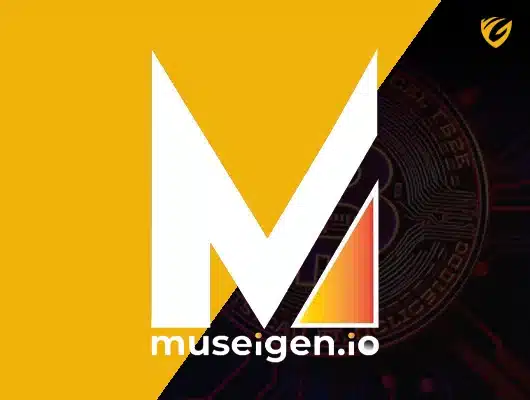Philippine Universities Embrace Artificial Intelligence, with UP Leading the Way in Asia
By James Pebenito • November 18, 2023
Philippine Universities Embrace Artificial Intelligence, with UP Leading the Way in Asia
According to a poll done by Instructure, an education technology business listed on the New York Stock Exchange, the use of Artificial Intelligence (AI) is gradually changing the educational landscape in the Philippines. According to the “2023 State Of Student Success and Engagement in Higher Education” survey, educational institutions across the nation are beginning to accept and use AI more and more.

Philippine University (UP): Trailblazing AI Guidelines
In the Asian education industry, the University of the Philippines is a leading voice in the AI discourse. The “University of the Philippines Principles for Responsible and Trustworthy Artificial Intelligence” was recently unveiled by UP. These rules are intended to direct the advancement and application of AI both inside the university and in the larger national context.
Instructure’s Vice President for Global Strategy, Ryan Lufkin, praised UP’s efforts and pointed out the university’s pre-existing standards for the use of generative AI, which are accessible on its website. The guidelines address a prevalent issue in the changing field of AI integration by attempting to clarify for educators and students what constitutes appropriate use of AI.
AI’s Emergence in Other Educational Settings
Beyond UP, the poll reveals a wider recognition of AI’s existence and application by Philippine educational establishments for both students and instructors. Roughly 46% of participants, comprising educators, students, and school administrators, reported the implementation of loose guidelines for the application of generative AI, whereas 28% reported the presence of rigorous guidelines. The remaining respondents said there were no clear rules.
Trends in AI Use by Instructors and Students
The poll provides insight into how teachers and students use AI. Remarkably, 83 percent of students said they have used ChatGPT or other forms of generative AI for writing and research. Furthermore, 52% of respondents said they used AI to prepare for tests, and 47% said they used AI to learn a foreign language. Personalized learning efforts, research and writing, and content production are areas where teachers find value in generative AI.
While the incorporation of AI is unavoidable, Instructure acknowledged a cautious adoption of the technology in Philippine education, stressing the importance of boundaries and rules. Ryan Lufkin underlined how crucial it is for educators and students to comprehend how to use AI appropriately.
AI’s Potential Use in Education
There are a wide range of possible future uses for AI in education. Interacting with AI tutors that give access to course materials, respond to questions, and offer advice could be advantageous for students. In the end, teachers can save a great deal of time by using AI to help with chores like producing story problems, quiz materials, course content, and early grading.
Instructure emphasizes the importance of setting boundaries and criteria for responsible AI use in the educational context, even though several American colleges have chosen not to set precise guidelines on AI in order to foster creativity. With a combination of caution and excitement, the Philippines is navigating this revolutionary journey as AI continues to alter the future of education.



